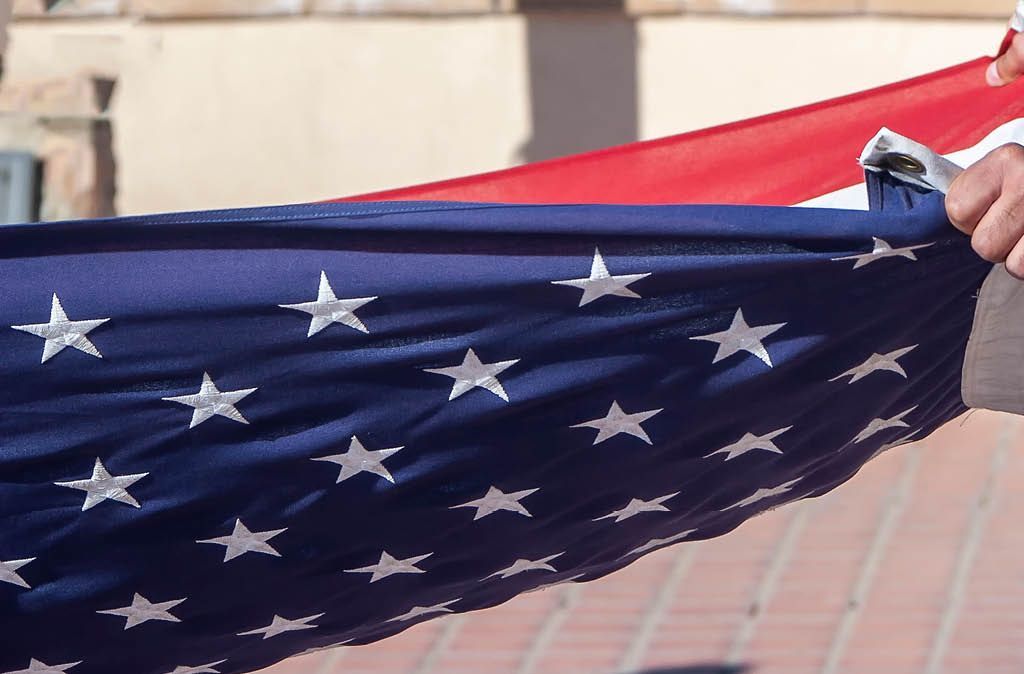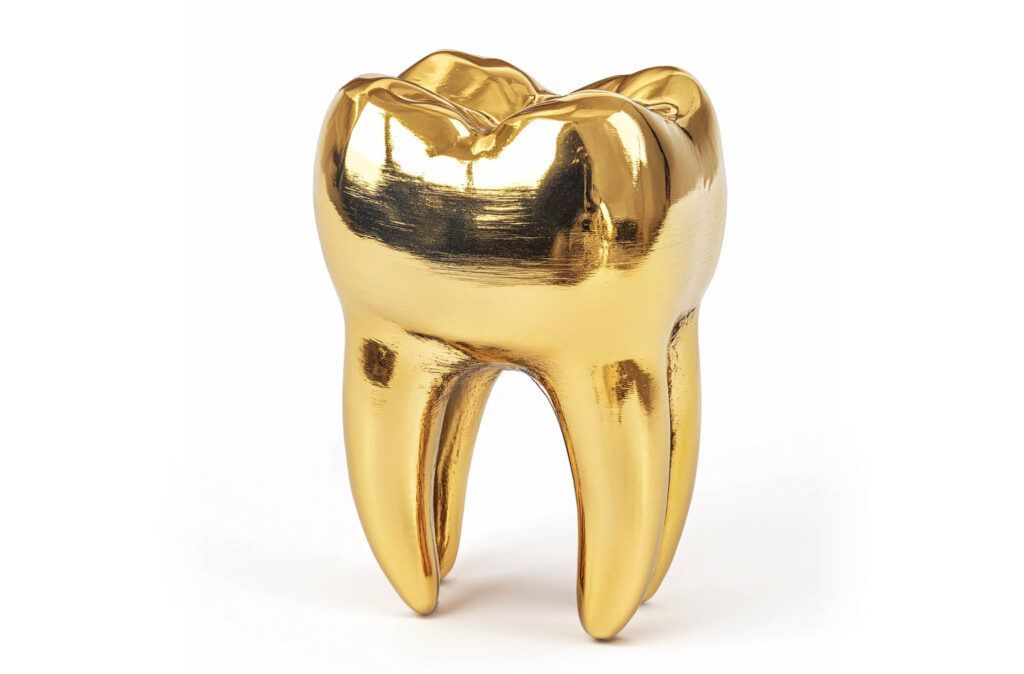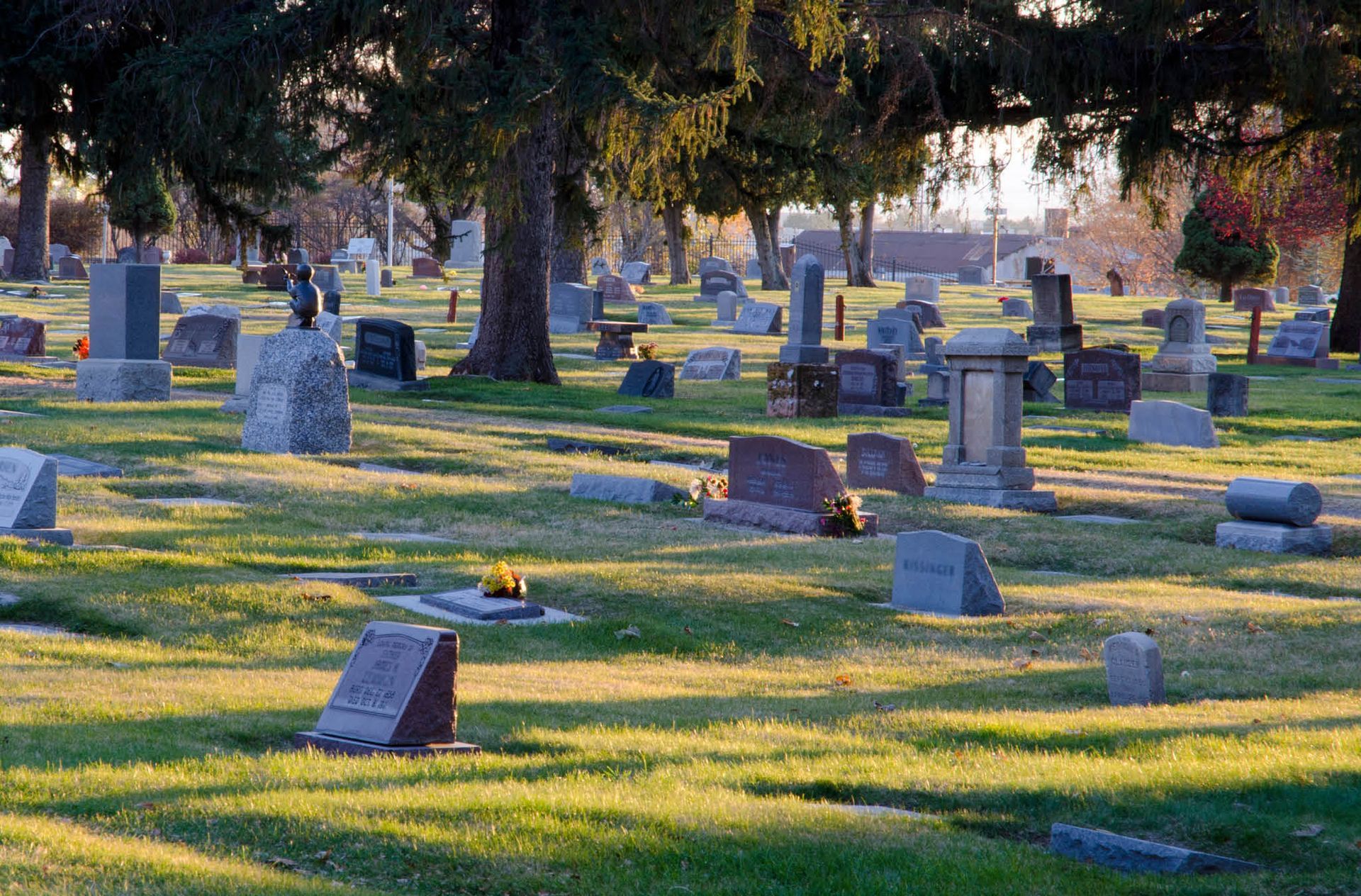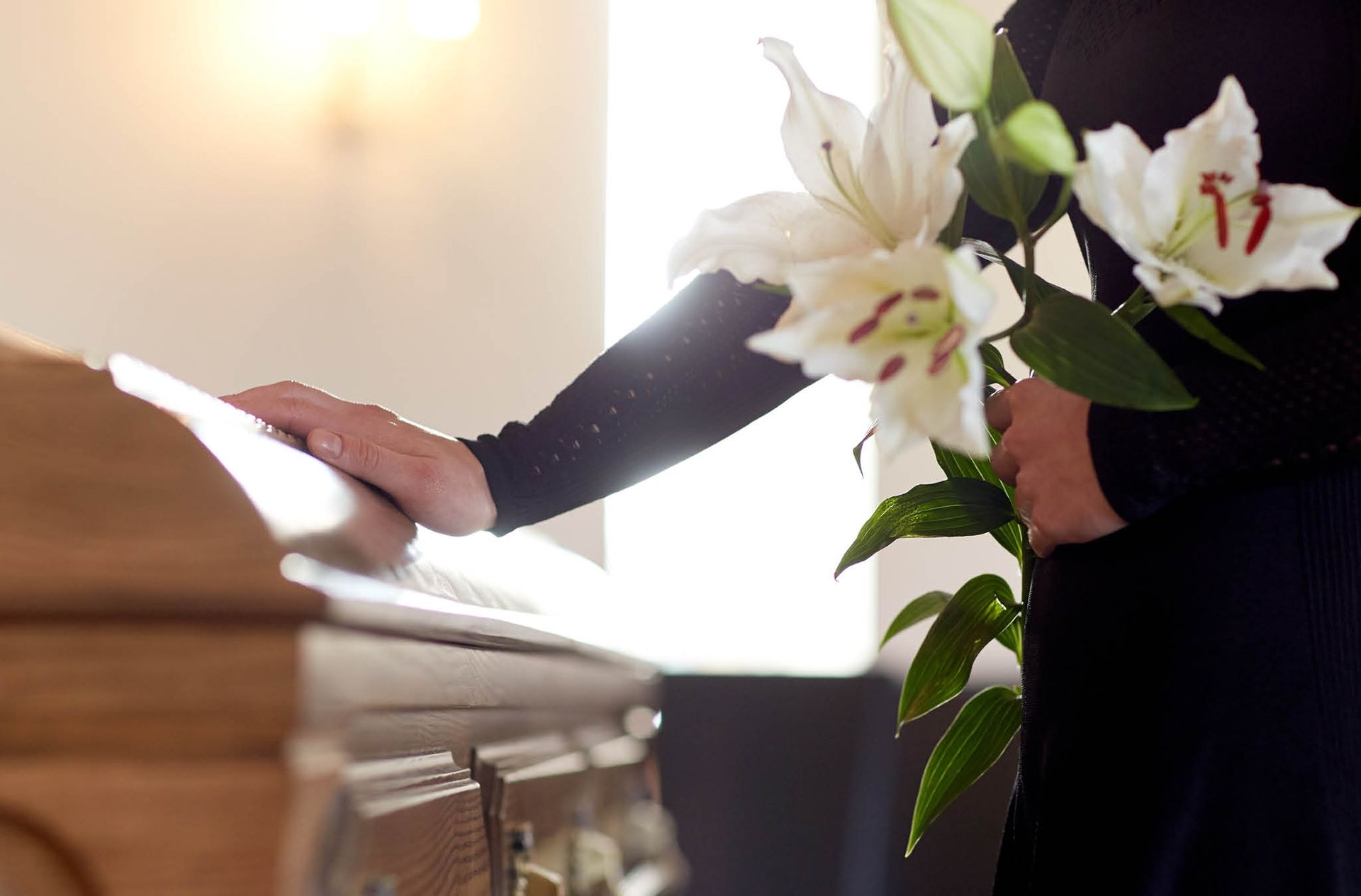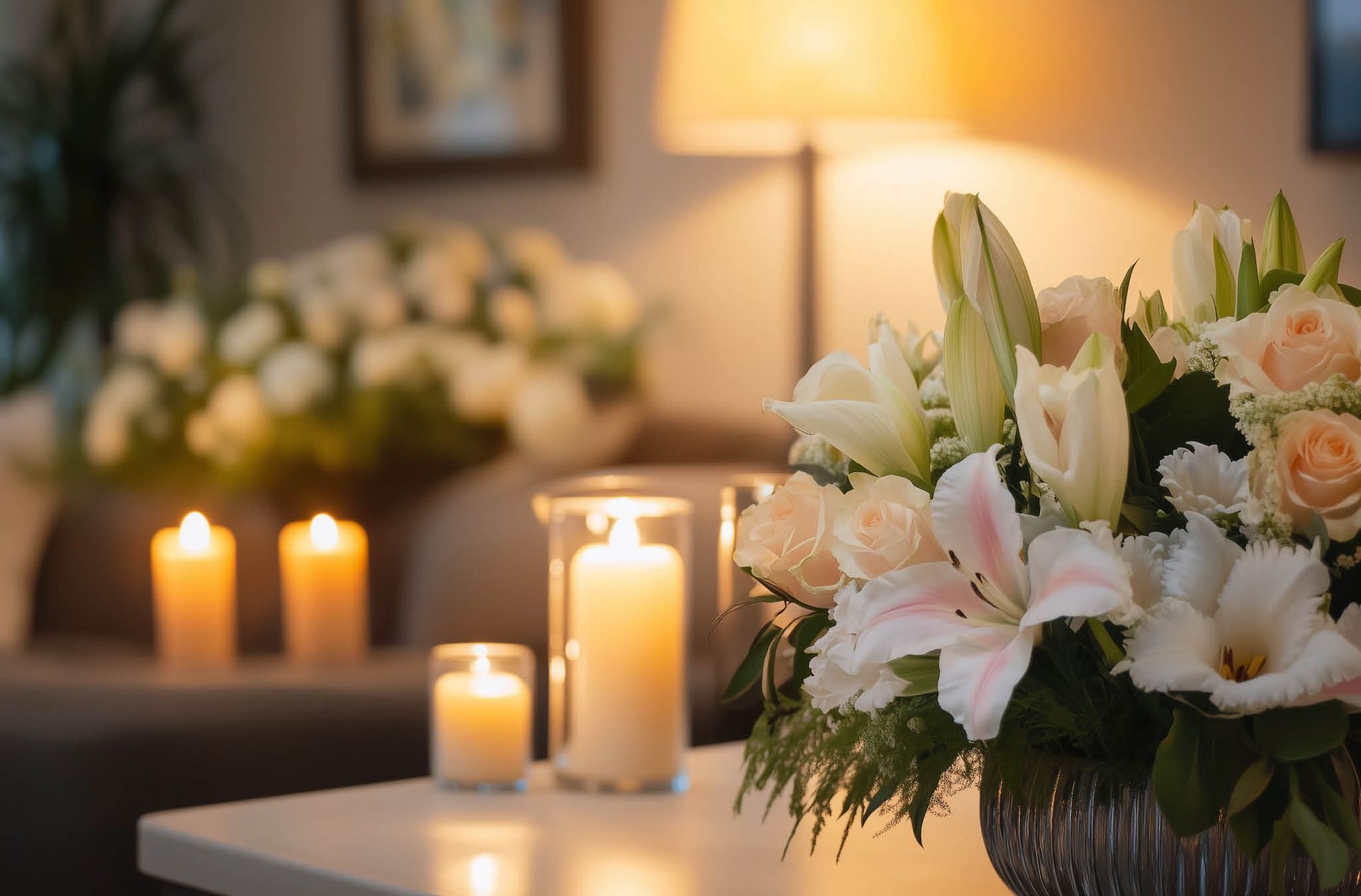A Modern Practice with Ancient Roots
Today, embalming is considered a temporary way to preserve a deceased loved one, giving family and friends time to say their goodbyes without worrying about disease, body odor, or other… let’s call them “unexpected surprises.” It’s a modern practice, but its roots go way, way back—around 6000 BC—to the ancient Egyptians.
The Egyptian Belief in Immortality
The Egyptians were big believers in the immortality of the soul. They thought it would eventually reunite with the body—but only if the body was still in decent shape. That’s quite a commitment, considering the soul’s journey took a casual 3,000 years to complete! To prepare for this epic reunion, they developed elaborate preservation techniques, using tools that make your kitchen utensils look like high-tech gadgets.
The Intricate Process of Mummification
The process began by removing the brain, which was replaced with resin. Next, they removed the internal organs through an abdominal incision. These organs got the VIP treatment—washed, bathed in resins and beeswax, and sprinkled with fragrant spices like myrrh, cinnamon, and frankincense. Some organs even got their own decorative jars called canopic jars.
The body itself took a long salt bath in natron, a natural mineral, for 20 to 70 days. After drying in the sun, the body was wrapped in 1,200 yards of bandages and sealed with bitumen—a thick, sticky material from tar pits that worked as ancient super glue. And voilà! You had yourself a “mummy.”
The Origins of the Word “Embalming”
A fun fact: The word “embalming” comes from the practice of applying balms and oils, originally meaning “to put balm on.” So many embalming terms and techniques we use today stem from these ancient practices!
The Civil War and the Birth of Modern Embalming
Fast-forward to the 19th century, and embalming took on a whole new purpose during the American Civil War. Dr. Thomas Holmes, a captain in the Army Medical Corps, was determined to help fallen soldiers return home for burial in a more… let’s say, presentable condition. Holmes was a bit of an embalming trailblazer, experimenting with different preservation techniques and reportedly embalming nearly 4,000 soldiers.
Even President Lincoln was impressed, eventually commissioning the Quartermaster Corps to embalm Union soldiers so they could return home for proper burials. President Lincoln was never seen as a grief specialist, but his actions sure showed it.
Embalming Today: A Craft of Care and Comfort
Today, embalming has evolved into a sophisticated craft. While the purpose remains largely the same—allowing loved ones to say goodbye safely—some embalmers have taken it to new, creative heights. Whether it’s positioning someone in their favorite recliner with a remote in hand or even on their beloved Harley Davidson, it’s a reminder that everyone grieves differently. And that’s okay.
While embalming isn’t for everyone, it serves an essential role for those who find comfort in having a visual farewell with their loved ones. At its core, embalming has always been about preserving not just bodies, but also dignity, memory, and the connections we hold dear.
Written by Mike O’Connell
O’Connell Family Funeral Homes


